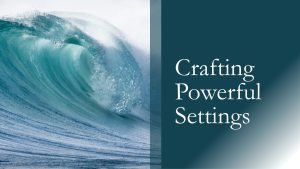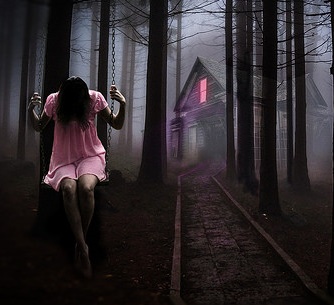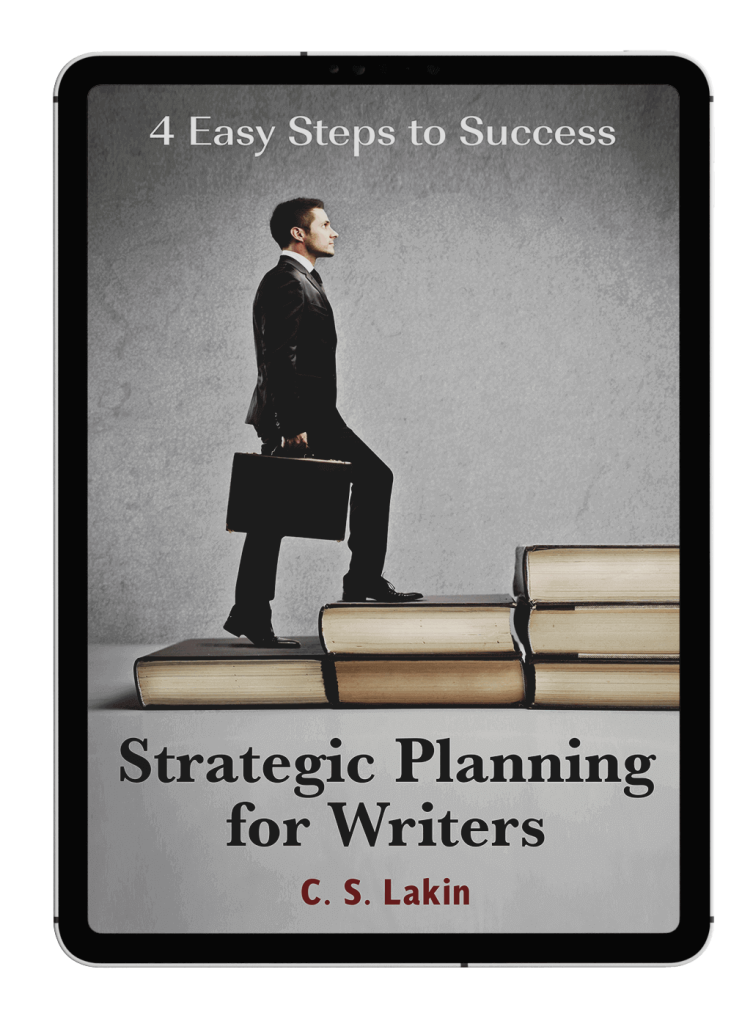Why Setting Is a Powerful Tool in the Writer’s Toolbox
This month I’m launching my new online video course: Crafting Powerful Settings. Here’s the intro to the course. If you enroll before October 24th, you can get 30% off using coupon code EARLYBIRD. Setting is a crucial element fiction writers must master!
We live in two amazing worlds: the real world and the world of our imagination. And what’s also amazing is that every single person experiences the real world in a unique way, with a unique perspective. No two alike.
Writing fiction is all about creating worlds—the world of story. Whether you set your story in the world we all live in or in one that springs solely from your imagination, your job is to bring that world to life through your words so that your readers can experience it. That’s what setting is all about. And that’s why it’s such an important element—if not the most important—for fiction writers.
Too often, writers ignore setting. But think about this—we live in the physical world. We respond to and interact with every single setting we are in, consciously or unconsciously. We inhabit space every second of our lives, even when we were in the womb. We cannot be extricated from setting, and neither can the characters we write about.
Setting is place. It’s environment. The objects and living things around us. It’s our immediate surroundings but also the larger space we move and breathe in.
External elements affect us, our mood, our health, our perspective. Weather, quality of light, feel of the air, smells … all are factors that contribute. The same applies to our characters.
Fiction writers are all about manipulating readers—in a good way. We want our readers to feel certain things, ponder certain things, make certain assumptions. We lead them down the proverbial garden path to a destination we have planned for them. We should know what our objectives are for every scene and how setting plays a part. The same goes for creative nonfiction—anytime a writer presents a place for readers to envision and experience. So taking time to decide on setting is important and shouldn’t be overlooked.
Fiction writers focus primarily on characters and rightly so. Characters are at the heart of your story, and readers want to dive deep into their inner and outer world to experience the plot through their senses, thoughts, and feelings. The plot and premise rank high up in a writers’ concerns, for without a terrific, compelling story concept and execution, readers will get bored.
Too often, though, setting is pushed into the background or given only a cursory mention. Writers often have the misconception that readers aren’t interested in the setting and will skip over descriptive passages. Because of this, they don’t look beneath the surface to see what a setting can truly do; they miss out on all the ways it can shine a light on a character’s mind-set and add depth to the bigger story. Sadly, they focus on giving only enough setting detail to provide context for the reader. And while context is important to provide a sense of place, it’s only a sliver of what the setting brings to the equation.
How Fiction Is Different from Film
Here’s the challenge with the printed page versus the big (or little) screen. With movies or any visual medium, you are shown the setting. Every detail that’s presented before your eyes has been carefully considered and included in the milieu of each scene you watch. Whether that’s the landscape, architecture, clothing, furnishings, weather, or food, you, the viewer, don’t have to do anything to imagine the setting—it’s all there in front of you.
There are drawbacks, though, to visual media. You can’t smell the coffee, taste the pie, know what the chair feels like against a character’s back, sense the heavy soreness of a character’s muscles after a long hard day of labor. Those types of details have to be discerned from the visual clues on the screen.
Not so different with fiction on the page. But there’s one big difference, and this is what draws millions of people to read books. With fiction, you get to go deep inside your characters’ heads and experience what they experience in a visceral way. A masterful writer can get readers to smell the coffee and feel those aches and pains in a palpable way—and know the characters’ reactions to those experiences. As we go through this course, you’re going to see why and how this is so important when considering setting.
It’s All about Your POV Character
Everything your character experiences has to matter, and that includes her interaction with her world. What you include and how you include it should be strategically planned. And that will help you determine what to exclude.
Words have the power to evoke imagery and emotion. The power to set a mood and reveal mind-set. The power to mirror characters’ needs and hopes and fears. Writers must harness the power of setting so that their readers will be fully immersed in a story that will linger long after they read the last pages.
Setting is perhaps the most versatile tool in a writer’s toolbox. The “right” setting, carefully chosen, can help characterize the story’s cast, drop in backstory in a meaningful way, hint at inner and outer conflict, supply tension, and make your readers feel deep emotions.
Describing setting does come with challenges. Finding the perfect balance of showing and telling that won’t slow the pace can be tricky. Pages of description may cause readers to skip ahead, but we also don’t want to provide so little that they have to work hard to visualize the scene. If mounting frustration over being unable to imagine the character’s world reaches a critical point, readers may close the book and never reopen it.
 There’s more to crafting powerful settings than just plucking out a few details and slapping them together; it’s about selecting ones that create a sensory experience, since description that offers real texture often triggers emotions and memories for readers, making them live the story emotionally through the characters.
There’s more to crafting powerful settings than just plucking out a few details and slapping them together; it’s about selecting ones that create a sensory experience, since description that offers real texture often triggers emotions and memories for readers, making them live the story emotionally through the characters.
In storytelling, our number one job as writers is to make readers care. We want to ensure that our fiction captivates them on many levels and that our characters seem like living, breathing people who continue to exist in readers’ minds long after they read “the end.”
When it comes to characters, showing rather than telling is the most powerful means of providing insight into their personalities. Letting readers see for themselves who our characters are through their behavior and interaction with their setting is much more riveting than our explaining it through pages of information.
Do you want to learn all the nuances about crafting powerful settings to bring your fiction fully to life? Then enroll in Crafting Powerful Settings! You’ll get lifetime access to all the hours of videos and handouts. Every day we writers need to keep honing our craft so we can write brilliant stories!
Watch the intro video here!











